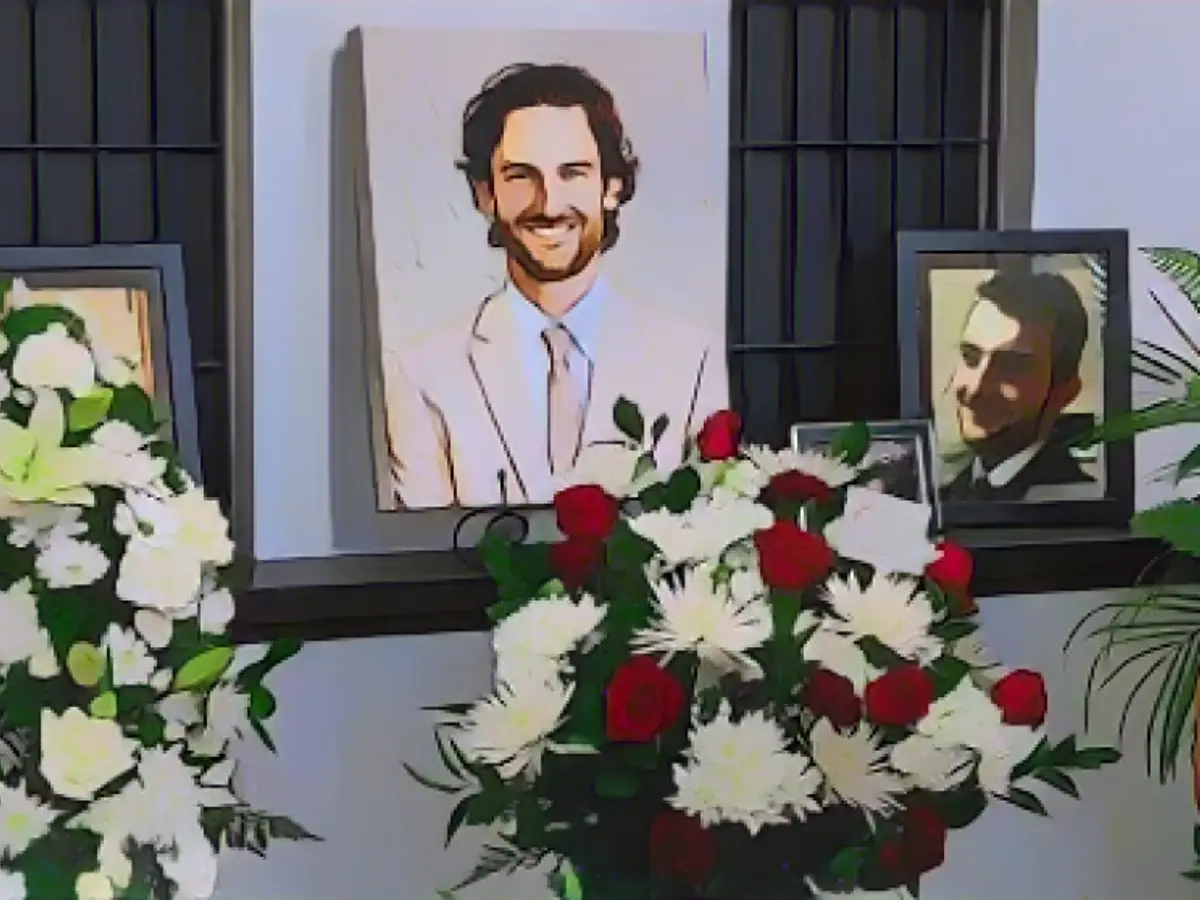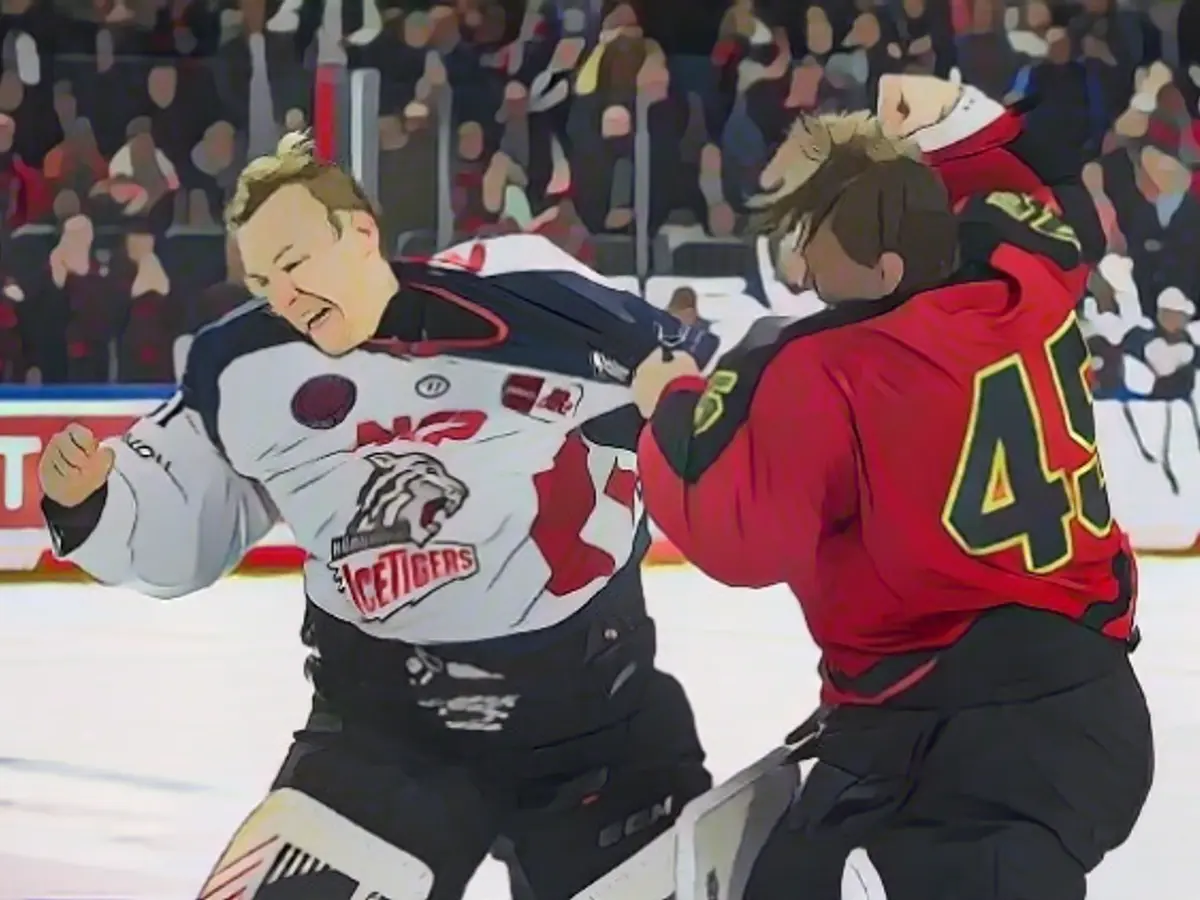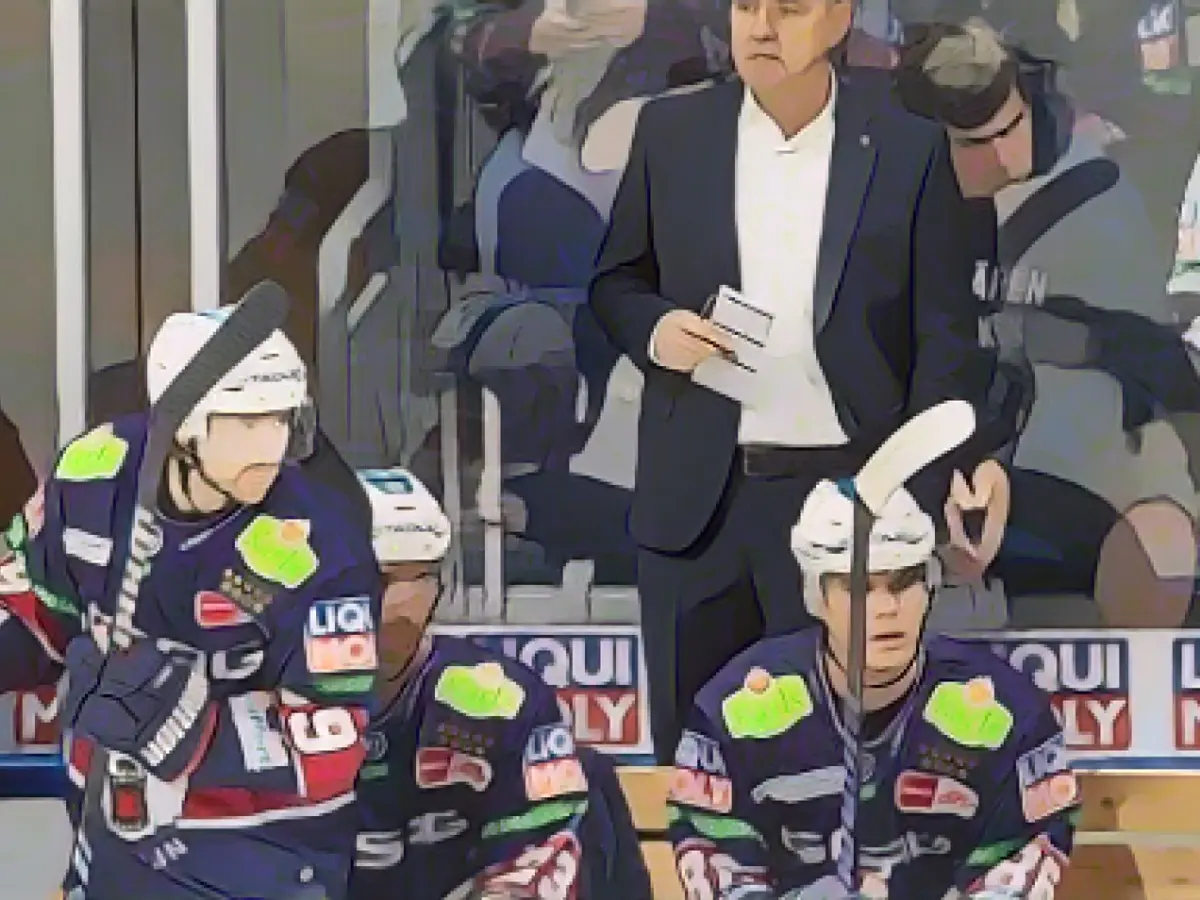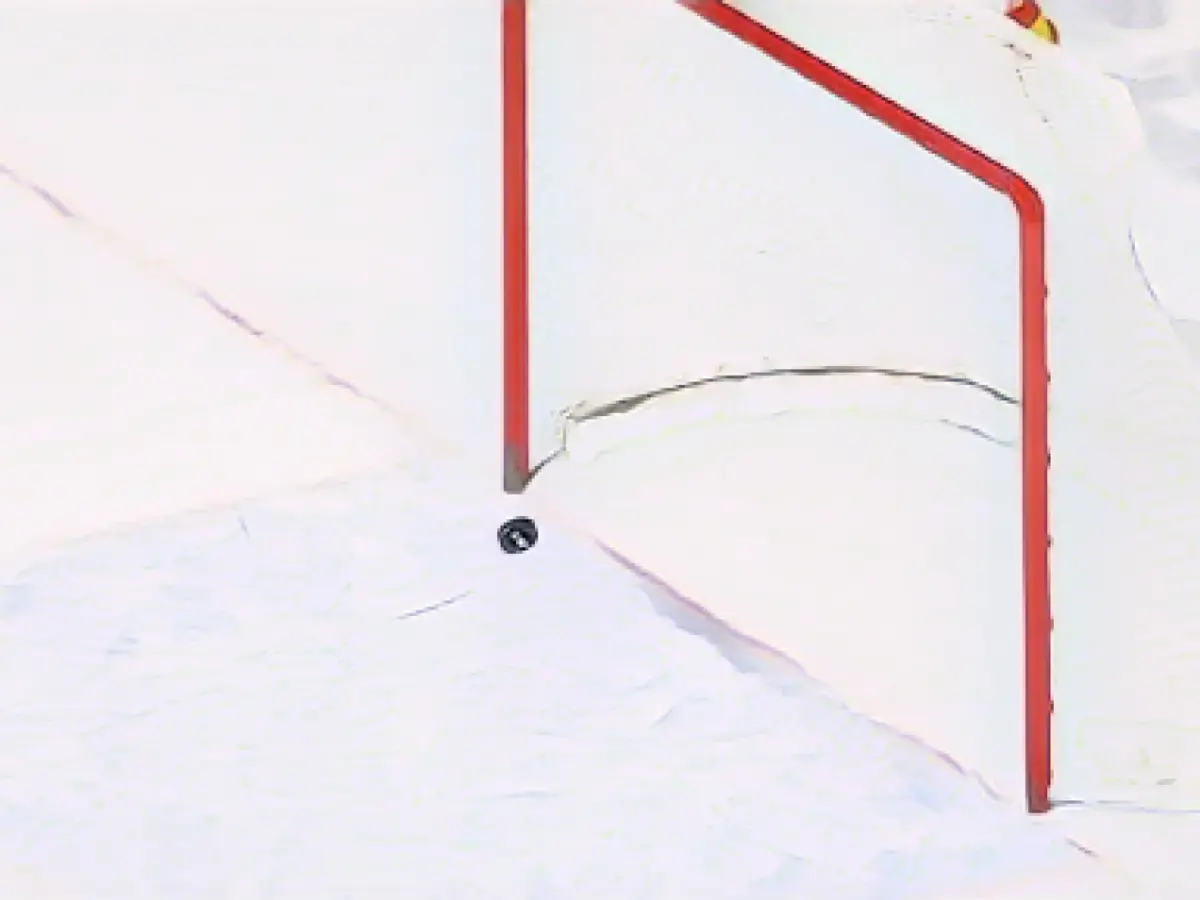Tragic Turn of Events in Ice Hockey Leads to Safety Measures
The unexpected demise of professional ice hockey player, Adam Johnson (29), has sparked significant changes in the sport.
In addition to the U20 and U18 categories that already mandate neck protection under IIHF rules, neck protection will now be mandatory for senior categories as well. The exact implementation date for this change is to be determined based on supplier availability, given the current high demand for neck protectors.

Following Johnson's tragic incident, the German Ice Hockey League (DEL) swiftly moved into action. 14 sports directors from the clubs voted in favor of mandatory neck protection, which will be applicable from January 1 thanks to DEL Managing Director Gernot Tripcke's confirmation to Sportschau[1].
Johnson met his untimely end during a game between the Nottingham Panthers and the Sheffield Steelers at the end of October. The skate blade was responsible for his fatal neck injury[2].
Does the new IHF rule affect NHL celebrities?
While the rule does apply to professional ice hockey players, the North American league, NHL, requires separate agreements between the league and the players' union to make such mandatory changes.
Ottawa Senators' NHL professional Tim Stützle (21) shares his thoughts on the matter, acknowledging the importance of neck protection but expressing some challenges in using the device during training and competition. "You should serve as a role model for younger players, who should ultimately get accustomed to this protection," Stützle concluded, highlighting his observations from the DEL[3].
### Enrichment Insights:
While the new regulation from the World Ice Hockey Federation pertains to neck protection requirements for senior categories in ice hockey, it does not directly affect NHL superstars[1][3]. This is due to various factors, including the distinctive regulations governing professional leagues and the premium standards for protective gear within such leagues.
- The regulation primarily focuses on maintaining safety standards for organized ice hockey play in the United States, impacting youth and amateur leagues but not explicitly dictating specific gear for professional leagues like the NHL.
- The NHL has its own set of safety regulations and guidelines, which may include more stringent requirements for protective gear, with their own enforcement mechanisms.
- Ensuring that protective gear meets the highest standards of safety and performance is the primary focus for professional players, as demonstrated by the requirements set out for certified manufacturers and league regulations[3].
Sources:
[1] Bild: [2] Bild: [3] Enrichment Data.








